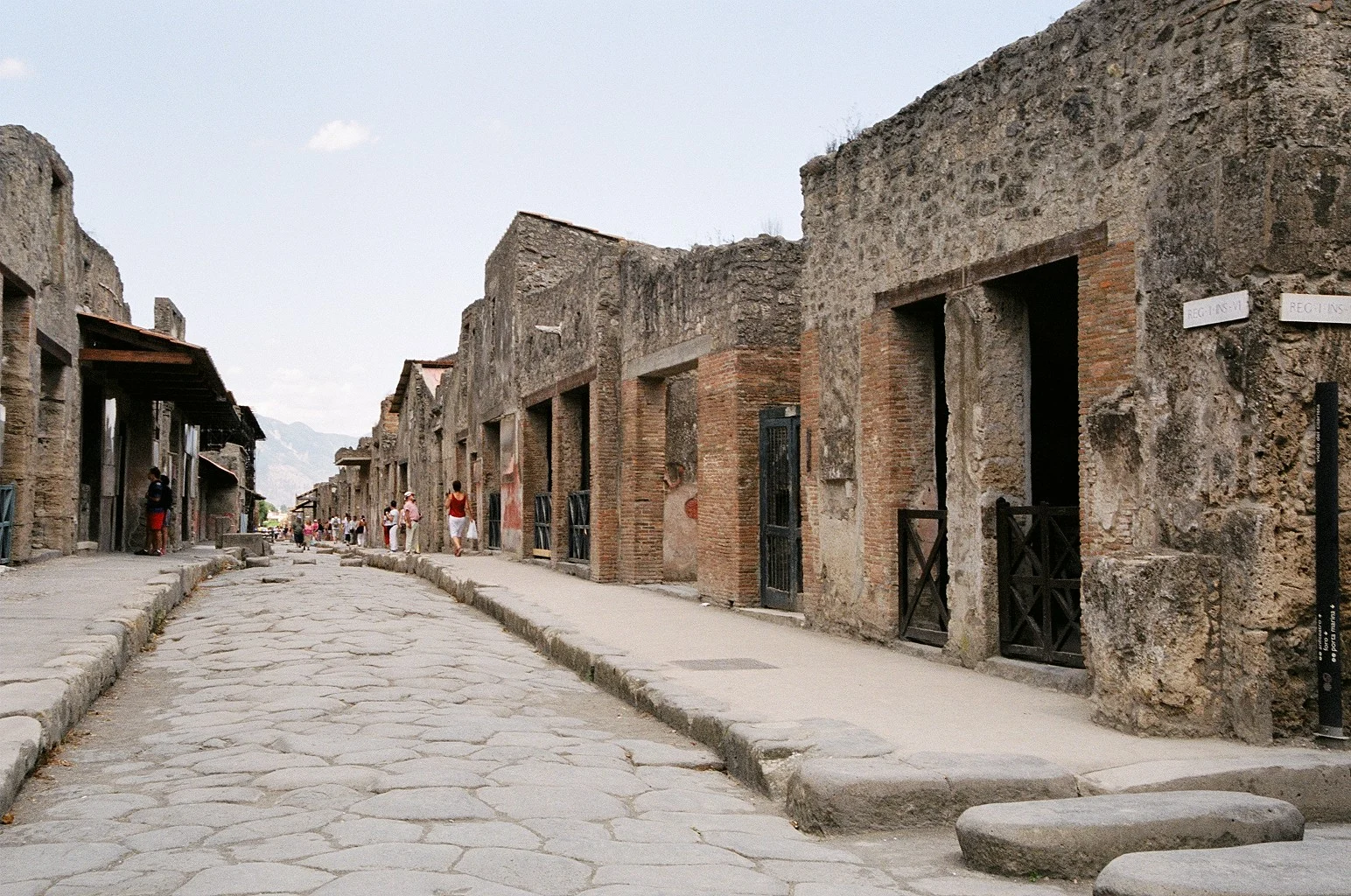The burial space of a significant military official who served under the emperor Augustus has been uncovered in Pompeii during maintenance work.
A relatively routine piece of maintenance – creating an air chamber in the underground area of the San Paolino building, the new headquarters of the library of the archaeological park of Pompeii – led to the discovery of the tomb of an official who fought for Emperor Augustus during the heel end of his conquest wars in Spain.
The inscription etched on the tomb describes a heroic military career tailed by a relaxing retirement in Pompeii, which is now a world-famous site for archaeology, and provides information about the history of Spain between the 1st century BC and the 1st century AD.
The finding was published in the E-journal of Pompeii Excavations, an online magazine that reports “in real-time” on discoveries and ongoing research at the renowned archaeological area.
The construction first exposed two ends of a semi-circular tomb commonly known as a “schola” tomb. These types of tombs have been found previously in Pompeii. They are made up of a semi-circular bench made of volcanic tufa stone with lion paw terminals. After the main excavation work was done, a large inscription with faint marks of the original red paint was found on the bench’s curved back.
At the time of the infamous eruption in 79 AD, the officer’s tomb was already decades old and had been so neglected that the monument was buried up to the bench. However, even after the city was buried in volcanic material, the inscription remained readable.
The inscription reads in large letters “N(umerius) AGRESTINO N(umerii) F(ilius) EQUITIO PULCHRO TRIB(une) MIL(itum) PRAEF(ectus) AUTRYGON(um) PRAEF(ectus) FABR(um) II D(uum) V(iro) I(ure) D(icundo) ITER(um) LOCUS.
It continues in smaller letters etched below the larger ones in the center of the rear of the bench “SEPULTURAE DATUS D(ecreto) D(ecurionum).
This translates to “To Numerius Agrestinus, son of Numerius, Equitius Pulcher, military tribune, prefect of the Autrygoni, prefect of the military engineers, Duumvir for the jurisdiction (i.e. holder of the highest magistracy in the city of Pompeii) twice, the place of burial (was) given by decree of the council of the city.”
Numerius Agrestinus appears in a different inscription discovered in the necropolis of Porta Nocera, but it was scrawled when he was still alive, supposedly by order of his wife, Veia Barchilla, a name of Spanish origin.
Her husband’s funerary inscription, specifically the “praefectus Autrygonum” title, highlights that he held important military positions during the Cantabrian Wars (29-19 B.C.), Augustus’ long and brutal conquest of the last independent Celtic peoples in Hispania, modern-day northwestern Spain. (The Autrygoni were tribespeople who inhabited northern Spain.)
Matthew Norman, Greek reporter
ΟΔΥΣΣΕΙΑ, 18/7/2024 #ODUSSEIA #ODYSSEIA, Μαγδαληνή Ντούκα Μοντεσάντου

